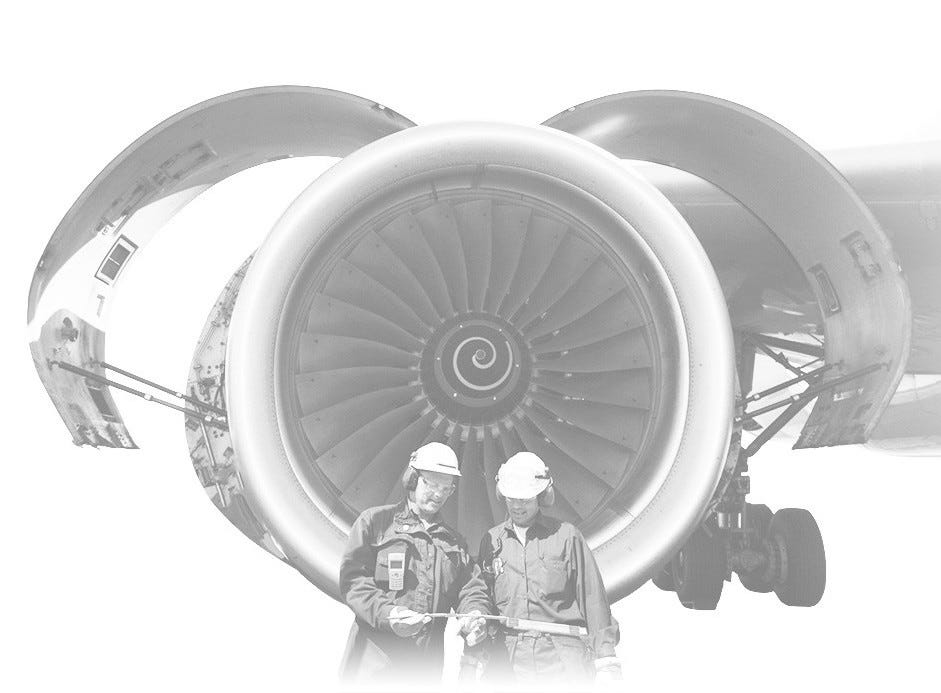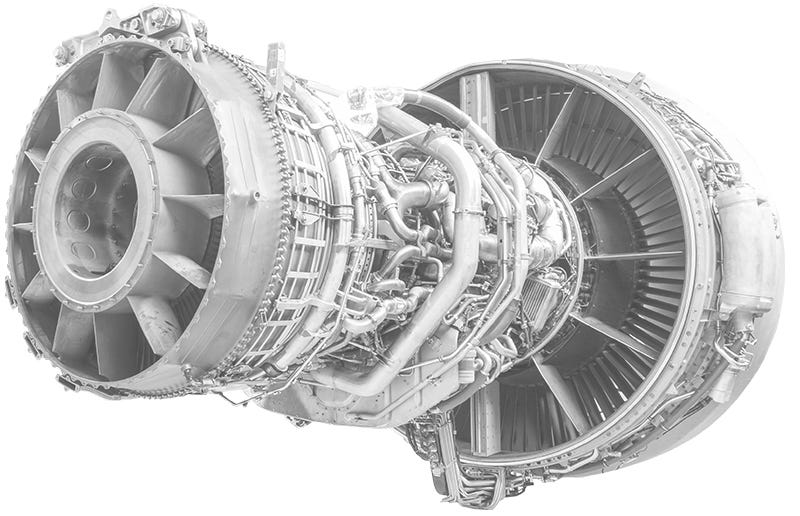How Aviation Can Use Automated Analytics to Reduce Costs, Boost Productivity, and Increase Diagnostic Accuracy
Key Elements of Effective Industrial Analytics for the Aviation Industry
In order to avoid these failures and create successful digital transformations, aviation companies must implement a solution that incorporates several key elements. . .
- Builds upon your Subject Matter Experts’ existing knowledge
- Allows engineers to use the platform and be part of the analytics process
- Enables automation of key processes
- Builds a solid foundation for more complex analytics (E.g. predictive)
Having a platform built on your subject matter experts’ knowledge is the best starting point.
Your Subject Matter Experts (SMEs) and engineers have been building and maintaining your aircraft assets for decades. Their knowledge is the best available expertise on how your equipment should be operated, maintained, and evaluated. Incorporating their knowledge to best evaluate data from the aircraft equipment and what that data means, is the ideal starting point for the application of analytics.

Analytic platforms using purely Machine Learning or Artificial Intelligence can lack insight on the events within the data. Without human interaction, more complex analytics, such as predictions, have a difficult time achieving the desired outcome. Without a determined outcome, the process can take months to evaluate, and even then the effectiveness and accuracy can remain unknown.
Using a platform that allows engineers to be part of the process helps with the adoption of analytics.
Adopting new analytics and data driven business models is about changing the way business has been done for many years. In an effort to make this transition successful, gaining adoption and trust of key players within your organization will significantly impact the outcome. Having a platform where your SMEs can interact and engage, without having to be a data scientist or a developer, results in higher adoption and more impactful business outcomes for the organization.
Implementing a platform that automates current processes creates both short and long-term significant value.
In order to gain value from large datasets and sensor data, a platform must automate part of the process to create scalable value.

The platform must be able to interpret data, generate insights, and provide recommended outcomes. Otherwise, it’s just another way to visualize and explore data.
Having a system first built on your proven analytic methods, and then adding a layer of more advanced analytics, such as machine learning predictions, is the best route to a highly accurate, automated platform.
Building a platform with a solid foundation of your experts’ knowledge is the best way to approach implementing an entire suite of analytics.
Building a platform configured by your own SMEs creates the optimal foundation for an entire range of analytics. Your experts can provide knowledge about significant areas such as:
- The meaning of key data
- How sensors are related to each other
- What constitutes an actionable event & false alarm
- Exceptions to the rule
Once your experts’ knowledge is part of an automated platform, adding a full range of analytics becomes exponentially more impactful. For example, knowledge of what determines a false alarm can lead to an insight that describes what turned a false alarm into a valid alarm and what indicators are worth automatically tracking. In contrast, an approach that solely tries to use machine learning or AI techniques without these key understandings, can struggle with the “right” business outcome, accuracy, dealing with exceptions, and delivering significant value to the business.
Contact Us to understand how using a platform that allows users to effectively build upon your engineers’ existing knowledge ensures broader adoption throughout your organization, has a higher probability of generating short-term and long-term value, and is the best foundation for the application of advanced analytics.